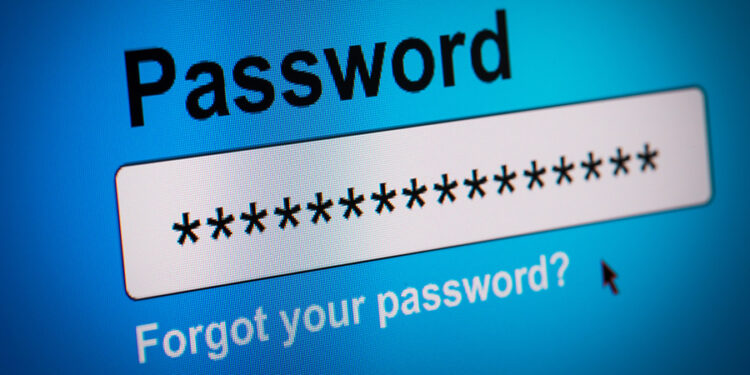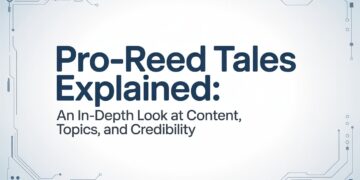Many people are shocked to learn that their passwords have been included in a data breach. A hacker can use a password-cracking program to try out different combinations of characters until they find one that works.
To prevent this, we encourage our readers to follow password best practices such as creating strong passwords, not sharing passwords or accounts with others and enabling two-factor authentication wherever possible.
What is a Password Data Breach?
A cyber-attack where hackers access personal information, including passwords, define data breaches. A password data breach can result from various reasons, from attacks by malware to exploits that target outdated software. These breaches are common, and it is important to know how they can impact your online security. For example, suppose your password is included in a data breach. In that case, hackers can use it in Man-In-The-Middle (MITM) attacks or credential stuffing, which involves using your stolen email address and passwords to try to access other accounts you have on the internet. This is especially dangerous since most people reuse their passwords across multiple accounts.
You can check if your password has been part of a breach in the Pwned Passwords service, which includes over 306 million free passwords that have been exposed in past data breaches.
How Do I Know if My Passwords Have Been Breached?
In our connected world, we often use the same passwords and login credentials across multiple accounts. If a breach reveals your credentials, hackers may be able to access all of your accounts and take action against you.
Fortunately, its password has appeared in a public data breach. Many pas is much easier. .word managers and web browsers now cross-check your credentials with public data breaches, alerting you if they are at risk of being compromised.
If a breach affects your information, you’ll want to change all affected accounts’ passwords immediately. You’ll also want to ensure you don’t reuse passwords on other sites or services, keep sharing accounts with family and friends at a minimum, and close any accounts you no longer use.
Changing your passwords regularly used to be advised, but research shows that this puts you at greater risk of hacking because it encourages people to create weak and easy-to-guess passwords. The better option is to use a password manager that generates strong and unique passwords for each account and stores them securely in an encrypted database.
What Can I Do to Protect Myself?
Everyone can do a few things to protect themselves from a password data breach. The first and most obvious is to change all your passwords as soon as you find out a company you use has been hacked. It doesn’t take long for hackers to start selling stolen credentials, and changing a password quickly gives you some protection.
You should also make sure to use best practices for password creation and management, including creating strong passwords and keeping them updated, not sharing your passwords with others, and closing down accounts you’re no longer using (the fewer accounts you have, the less surface area for attackers to strike). You should always enable two-factor authentication on any account where it’s available. Hardware-based 2FA provides an extra layer of security that can stop thieves in their tracks even if they manage to steal your passwords.
Another thing to watch out for is phishing scams, which often look similar to real email or text messages. You should also be aware of Man in the Middle attacks, where hackers position themselves between a user’s device and the website they are visiting. This allows them to eavesdrop on the data being sent and, in some cases, modify it before it’s received.
It’s also worth noting that when companies find themselves in a data breach, they often offer help to their users. But be careful about accepting this help because some terms can limit your ability to pursue class-action lawsuits against them for damages in the future.
What Should I Do if My Passwords Have Been Breached?
If you get a notice that your passwords were compromised in a data breach, it’s important to change them immediately. Hackers can use the stolen information to access other accounts on that website or try to break into your bank or credit card account (or a combination of these).
First, you should change the passwords on the affected sites and services. Make sure to use unique, hard-to-guess passwords. Also, consider using a password manager that can record your strong passwords and remind you to use them on different accounts.
Another good step is to close down accounts you’re no longer using, which gives hackers fewer possible targets. Finally, you should avoid reusing passwords between accounts and close down any extra devices that may have been linked to your accounts.
You can also add an extra layer of protection by enabling two-factor authentication on your account. When logging in, you must verify your identity via phone, email or other method. This helps keep out hackers that would otherwise gain access with brute force attacks, where they input all possible combinations of usernames and passwords until one works. It could be better, but it helps. Read more exciting articles on Tech new master
















